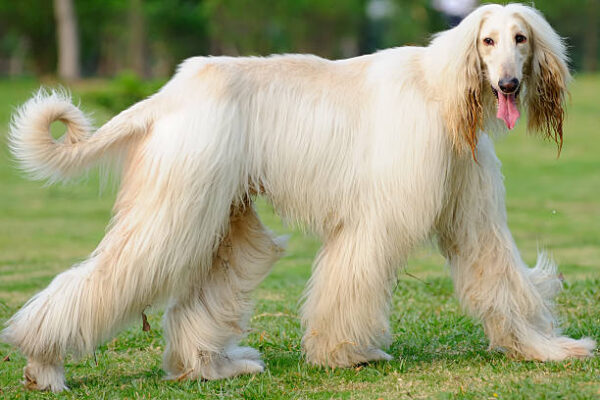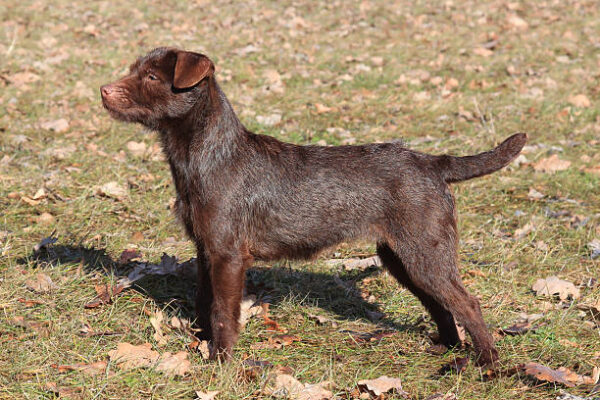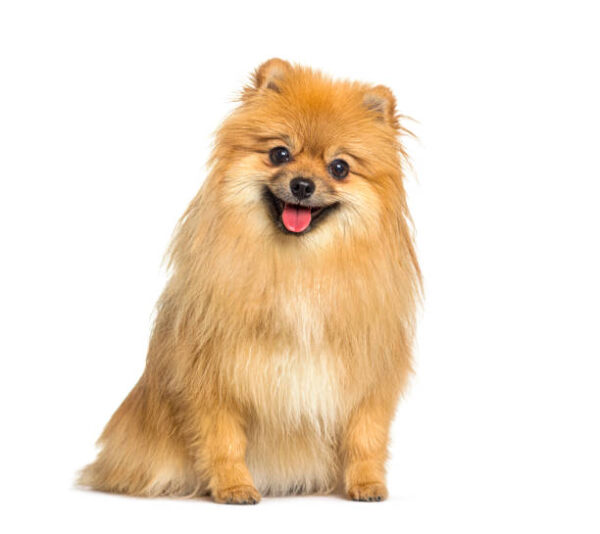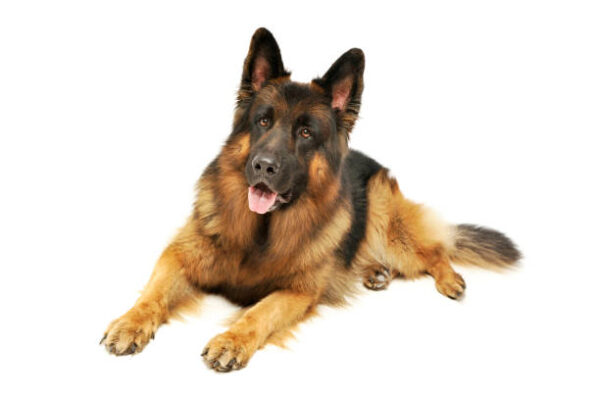Your cart is currently empty!
French bulldog
French Bulldog The French Bulldog breed falls into the small-medium category. This breed is also nicknamed Frenchie and is one of the most popular breeds. French Bulldogs make for great companions and are typically family dogs. Their small size makes them also adaptable in apartments. French Bulldogs are playful dogs who love spending time with […]
Description
French Bulldog
The French Bulldog breed falls into the small-medium category. This breed is also nicknamed Frenchie and is one of the most popular breeds. French Bulldogs make for great companions and are typically family dogs. Their small size makes them also adaptable in apartments. French Bulldogs are playful dogs who love spending time with their owners and family members. They have a muscular appearance and a short wrinkled snout. French Bulldogs’ ears are their distinct identity because of their triangular shape and the way they stand erect on their heads. They have short coats with smooth fur which sheds moderately and can be easily groomed.

French Bulldogs have a calm and friendly temperament and make for great pets in families that have kids and even seniors. They are very attached to their humans and like to be constantly around them. French Bulldogs are extremely loyal to their owners and family members and have a playful nature as well. They also enjoy getting acquainted with other animals and people if you train them well. They only bark when it is necessary and make for excellent watchdogs.
Nothing is quite certain about the origin of this small bulldog. The French claim them as a national breed, the English consider them to be a descendant of the British Bulldog. The latter landed in France in 1850s with Lace makers from Nottingham, who crossed Normandy, taking small bulldogs with them.
Key Specifications of French Bulldog Breed
-
Weight
– A healthy French Bulldog weighs between 7 to 12 kg.
-
Height
– An adult French Bulldog could stand anywhere between 11 to 13 inches.
-
Lifespan
– A French Bulldogs average lifespan is 10 to 12 years.
-
Coat
– They have a single short coat that has a smooth texture.
French Bulldogs Characteristics and Behavioural Traits
- They are extremely loyal and affectionate dogs.
- These dogs are easy to train and have an outgoing nature.
- The French Bulldog breed is not hyperactive and they like to remain calm.
- They enjoy their nap time just as much as they enjoy playing.
- French Bulldogs are low maintenance and lovely to adopt.
Physical appearance
French Bulldogs have a small, proportioned, and muscular body. They have wrinkles on their face and snout and the skin around their shoulders folds. They have large, round eyes that are usually dark in colour. French Bulldogs bat-like ears are their trademark and they never droop on their heads. Their mouths are small and their nose flat. These dogs are also nicknamed frog dogs because they lie down with their hind legs spread out like frogs. Their tails are short and shaped like a corkscrew which often remains coiled on the rear end. A French Bulldogs coat comes in a variety of colours, namely –
- Brindle
- Brindle & White
- Cream
- Fawn
- Fawn & White
- Fawn Brindle & White
- White
- White & Brindle
- White & Fawn
Their coats also display a wide range of markings like –
- Ticked
- White Markings
- Black Markings
- Black Mask
- Piebald
- Brindle Markings
Their skull is dome-shaped and their neck can be distinctly seen unlike in other dog breeds. They do not have a lot of fur on their underbelly. They also stand with their hind legs a little far apart from their forelimbs.
If you want to adopt a purebred French Bulldog or want to know how to identify one, here are some of its classic characteristics –
- Their bat-like ears are a hallmark of their pure genes. If you see a French Bulldogs ears drooping or having rounded tips, it is not purebred.
- A purebred French Bulldog must have short and curled tails.
- If you get confused between an English and a French Bulldog, just take a look at their sizes. An English Bulldog is larger than a French one and weighs up to 23kgs.
- These dogs are highly patient and have a calm nature.
- Their eyes are nearly black.
Behaviour of French Bulldog
French Bulldogs temperament is calm and they are happy, gentle and friendly canines. One thing a French Bulldog loves very much is napping! They are always relaxed but at the same time, they love playing and spending time outdoors. They can also be your partners-in-crime but you will have to establish boundaries with them through training. You need to train them thoroughly before introducing them to other animals. They love showering love on their owners and are very attached to the family they are adopted in. Their calmness should not be mistaken for their aloofness, French Bulldogs are keen-eyed and alert. They will not bark unnecessarily but will draw your attention to anything they find suspicious. They can tolerate being alone for a short while but not for long hours. These dogs experience separation anxiety if left alone.
Care requirements for French Bulldog
Heres more information on French Bulldogs that you should know if you are thinking of adopting one:
-
Health
French Bulldogs live easily up to 10-12 years and generally breed but there are certain issues that you, as a French Bulldog owner, should be aware of. By and large, French Bulldogs develop a disease called Brachycephalic Obstructive Airway Disease. This disease is caused by the excessive growth of the soft palate which obstructs the airflow. This is one of the reasons why these dogs breathe with their mouths open. If your French Bulldog frequently pants, coughs, snores or has difficulty eating, it is likely suffering from this disease. Because French Bulldogs are flat-faced dogs, they are also likely to develop Brachycephalic syndrome. This condition affects the dogs airway and breathing. These dogs also do not do well in hot weather because of their flat face.
-
Grooming
French Bulldogs have very smooth coats. Their coat also wicks away water easily. It is easy to groom a French Bulldogs coat. Brushing it a few times a week ensure that the fur remains healthy and clean. They shed moderately throughout the year. You can bathe them once a month for thorough cleansing as well. These dogs also have a high tendency to drool. If you like your furniture spotless, then this dog breed might not be for you. It is also a bit more difficult to potty-train French Bulldogs. You have to brush your French Bulldogs teeth a couple of times a week to maintain oral hygiene. Regular trimming of nails is also an essential part of grooming.
-
Exercise
French Bulldogs have a minimum need for exercise but that does not mean you should eliminate exercising from their routine. A 15-minute walk or playing a game is sufficient exercise for them. You have to remain careful while exercising your French Bulldog. Overdoing the exercise or an exhaustive play session may prove to be bad for their health because they have a short nose which makes deep breathing difficult for them.
-
Nutrition
Ideally, two meals, consisting of 3/4th cup of dry dog food, every day should suffice a French Bulldogs nutritional needs. It is advisable to talk to the vet to determine the exact quantity of the food you feed your dog because the quantity also depends on your dogs age, life stage and activity level. It is also recommended to monitor your dogs weight regularly and check if it is gaining unwanted weight.
-
Training
French Bulldogs exhibit an ability to learn new things. And through the process of teaching them, you can also strengthen your bond. Food is the greatest motivation to get these dogs to learn something. So, you will have to keep your treats handy! It is also important to acclimatize your French Bulldog to different people and places from the puppy stage so that it can adjust well to different environments.
History of French Bulldogs
Despite the breeds name, French Bulldogs origin can be traced back to England. These dogs are relatives of the English Bulldog. Lacemakers in Nottingham bred toy dogs to keep rats away from the small quarters where they worked. When the Industrial Revolution reached its pinnacle, the lacemakers labour was replaced by machines and they had to move to France where laces were still made by hand. French people adored the small dogs who came with these workers. After years of crossbreeding, the French Bulldog was born and the French loved these little canines a very much. This is how the typical bat-eared French Bulldog came into being. There was a lot of controversy on whether the bat-ears were the true mark of a pure Frenchie and eventually it was proved true as well.





